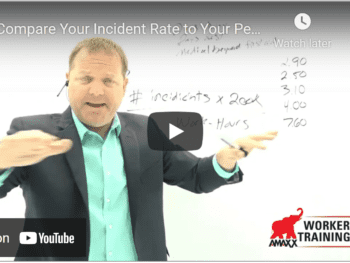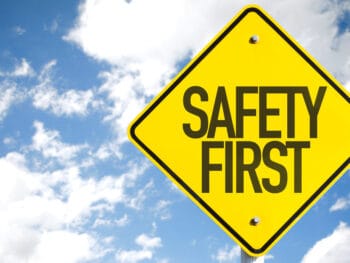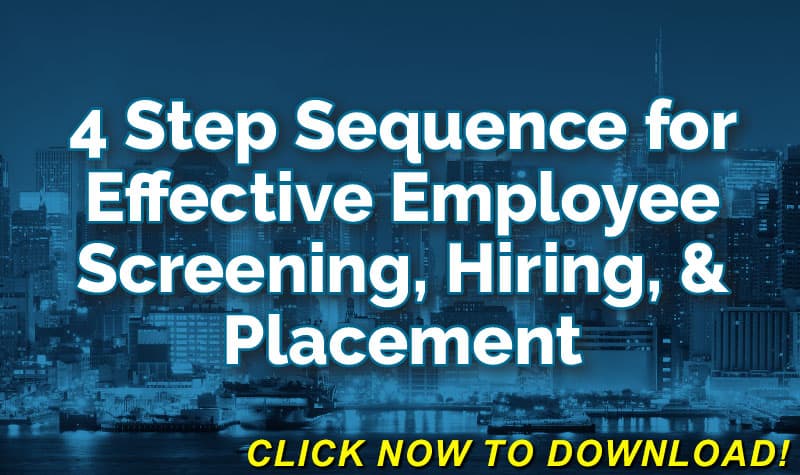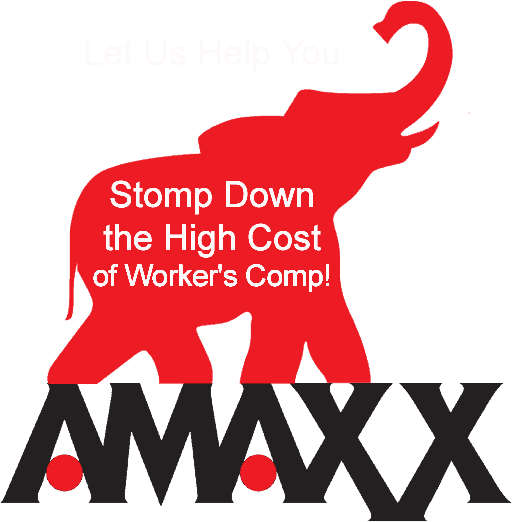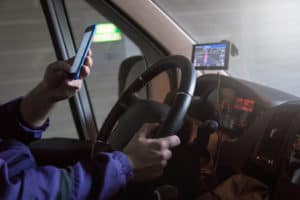
In addition to putting workers at risk, employers have been held liable for up to $25 million for employee crashes — even when they were using hands-free devices. Companies can protect their workers, greatly reduce their workers’ compensation costs, and steer clear of liability by implementing and enforcing distracted driving policies.
The Problem
Motor vehicle crashes are the #1 cause of work-related deaths each year, and distractions are one of the main reasons for accidents. Cell phone use while driving results in 1.6 million auto accidents annually.
Studies show people who drive while talking on the phone are 4 times more likely to have a crash, and those who text are 8 times more likely. Distracted driving also presents risks for workers in the area. In fact, distraction is the top cause of accidents in work zones.
Click Link to Access Free PDF Download
“4-Step Sequence For Effective Employee Screening, Hiring, & Placement”
The problem is our brains are not equipped to fully concentrate on both driving and cell phone use simultaneously. Driving and communicating via cell phone both require significant brain power. But the brain cannot focus it’s complete attention on more than one task, so it must choose where to focus attention, or split attention between two or more mental activities.
The effect is the area of our brain that processes moving images decreases by one-third when we are talking on the phone — whether it is a hand-held or hands-free device, since both are more cognitively demanding than having a conversation with someone in the car.
Drivers who use cell phones can miss seeing up to 50 percent of their driving environment. Several studies have shown talking on a cell phone (hands-free or not) while driving is comparable to driving while drunk.
One 2006 study showed “when drivers were conversing on either a handheld or hands-free cell phone, their braking reactions were delayed and they were involved in more traffic accidents than when they were not conversing on a cell phone. By contrast, when drivers were intoxicated from ethanol they exhibited a more aggressive driving style, following closer to the vehicle immediately in front of them and applying more force while braking.” This resulted in the conclusion “when driving conditions and time on task were controlled for, the impairments associated with using a cell phone while driving can be as profound as those associated with driving while drunk.”
The Liability
There are numerous cases showing the extent of employers’ liability for accidents caused by cell phone usage. Examples are:
- A jury found that a driver and the company that owned the vehicle were liable for $21.6 million because testimony revealed that the driver may have been talking with her husband on a cell phone at the time of the fatal crash.
- An off-duty police officer was texting moments before a fatal crash and because he was driving a police cruiser, his employer was held liable for $4 million.
- An employee was involved in a fatal crash while making ‘cold calls’ as he drove to a non-business related event on a Saturday night. The firm did not own the phone or the vehicle, but the plaintiff claimed that the company was liable because it encouraged employees to use their car phones and lacked a policy governing safe cell phone use. His firm settled the lawsuit for $500,000.
Employers can be found legally responsible for negligent employee actions if the employee was acting within the scope of his employment when he crashed. Juries are increasingly finding against employers that fail to prevent distracted driving among their employees. Experts say the way to avoid that liability is by showing there is a policy against distracted driving and that it is enforced.
Distracted Driving Policy
A total ban on cell phone use is the best way to prevent distracted driving crashes. The ban should cover
- All employees
- All company vehicles
- All company cell phone devices
- All work-related communications
- Both handheld and hands-free devices
Employers may also want to include personally-owned phones that are reimbursed by the company. And they need not worry about decreased productivity. In fact, there is research showing that not only is productivity generally not reduced, but in some cases it improves.
The policy should make the car a distraction-free zone, and include the following:
- Prohibit all non-emergency use of hand held or hands-free phones and mobile electronic data devices while driving or operating equipment.
- Require cell phones in cars to be put on silent and located in a purse, briefcase or the console.
- Allow cell phone use in cars only when the driver has parked in a safe location. That should be an area that is away from the road, such as a parking lot.
- Enforce the ban. For example, some companies give warnings to employees the first two times they are caught driving while using a cell phone, while a third violation is grounds for immediate dismissal.
Managers can help promote a culture of distraction-free driving by doing the following:
- Advise employees to carefully plan their trips, to see when and where they can park to make phone calls.
- Avoid scheduling conference calls during travel times for staff.
- Encourage employees to have a voicemail greeting that informs callers they are driving and cannot answer the phone
Conclusion
Where cell phones are seen as a great benefit to the workplace, they can be just the opposite when employees who use them while driving. Employers can reduce or eliminate the risk by implementing cell phone policies for driving, educating employees, monitoring compliance and enforcing the policy.

Author Michael Stack, CEO Amaxx LLC. He is an expert in workers’ compensation cost containment systems and helps employers reduce their workers’ comp costs by 20% to 50%. He works as a consultant to large and mid-market clients, is a co-author of Your Ultimate Guide To Mastering Workers Comp Costs, a comprehensive step-by-step manual of cost containment strategies based on hands-on field experience, and is founder & lead trainer of Amaxx Workers’ Comp Training Center .
Contact: mstack@reduceyourworkerscomp.com.
Workers’ Comp Roundup Blog: https://blog.reduceyourworkerscomp.com/
©2018 Amaxx LLC. All rights reserved under International Copyright Law.
Do not use this information without independent verification. All state laws vary. You should consult with your insurance broker, attorney, or qualified professional.







